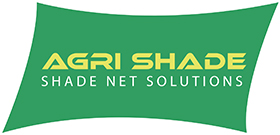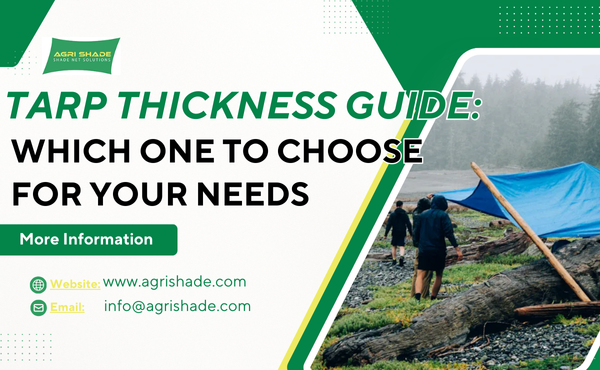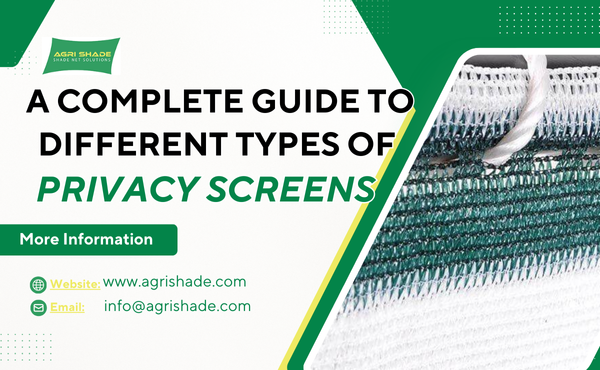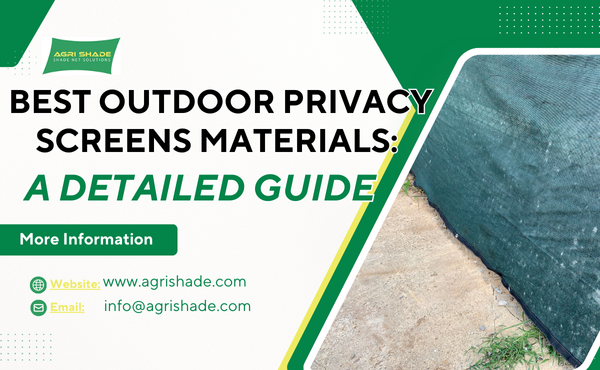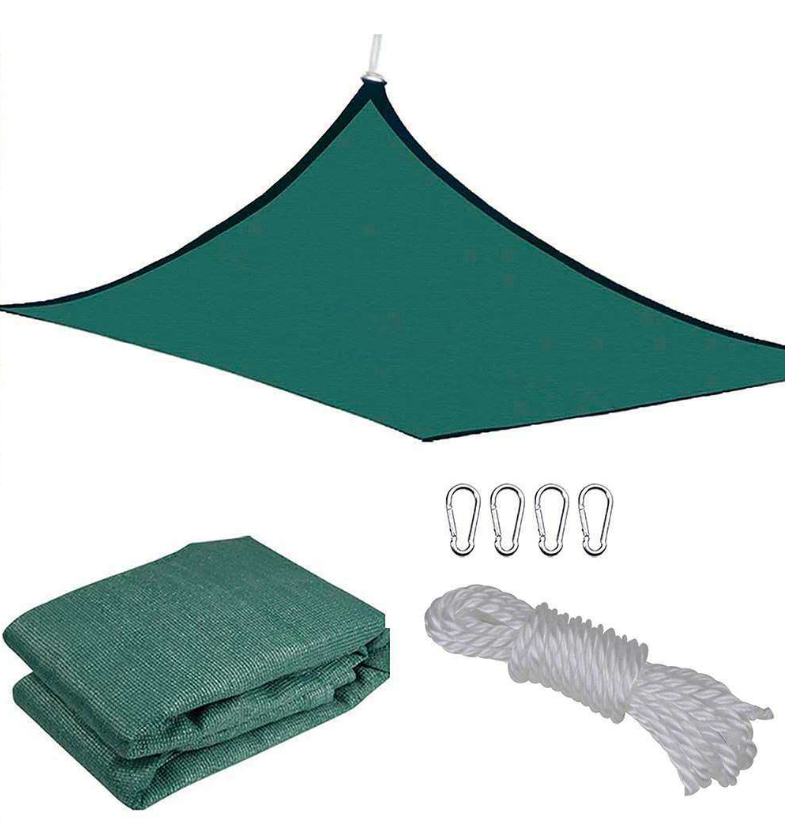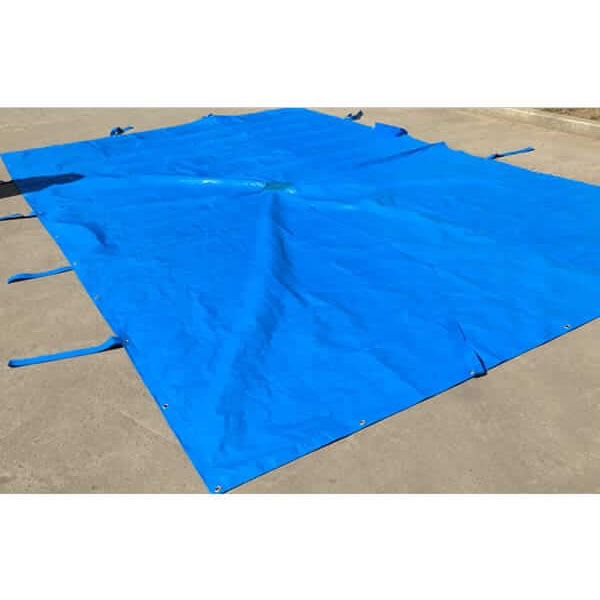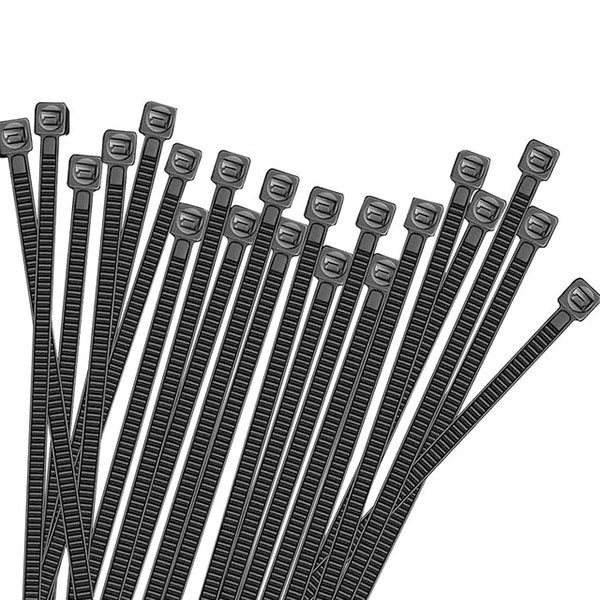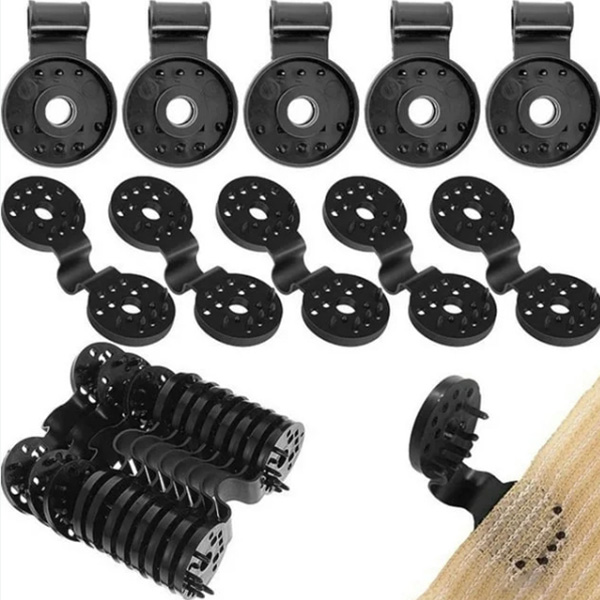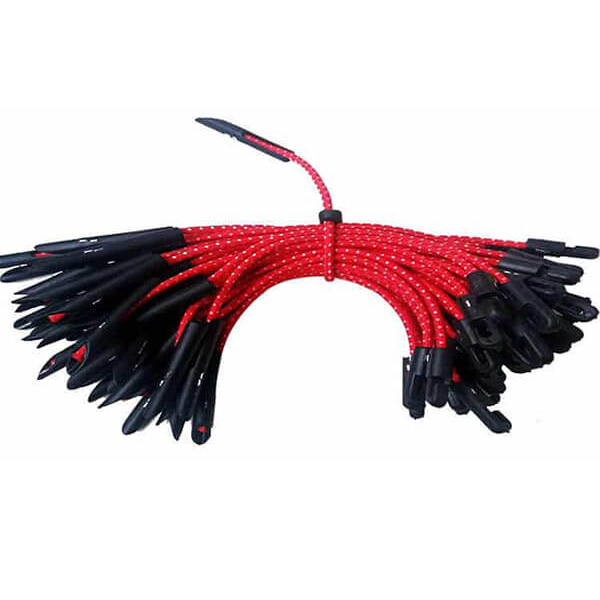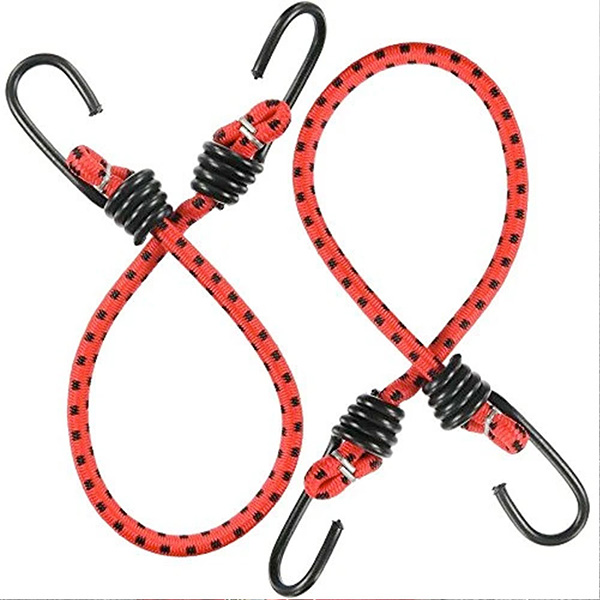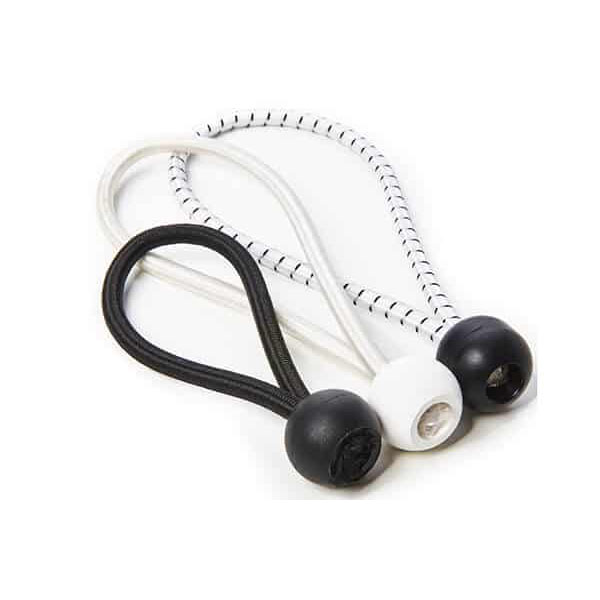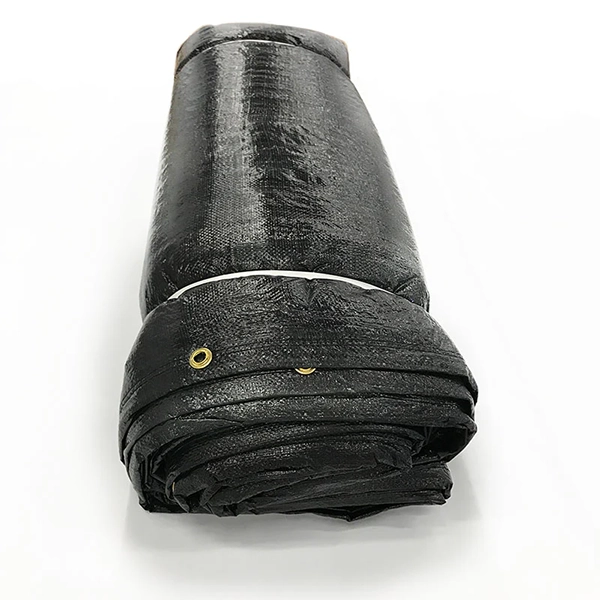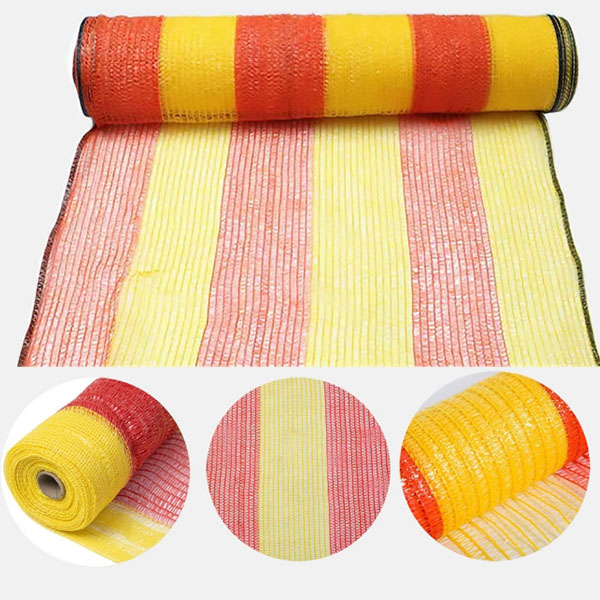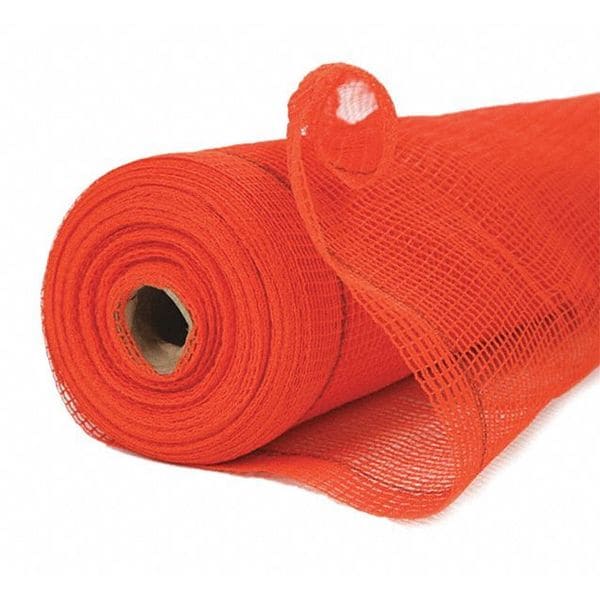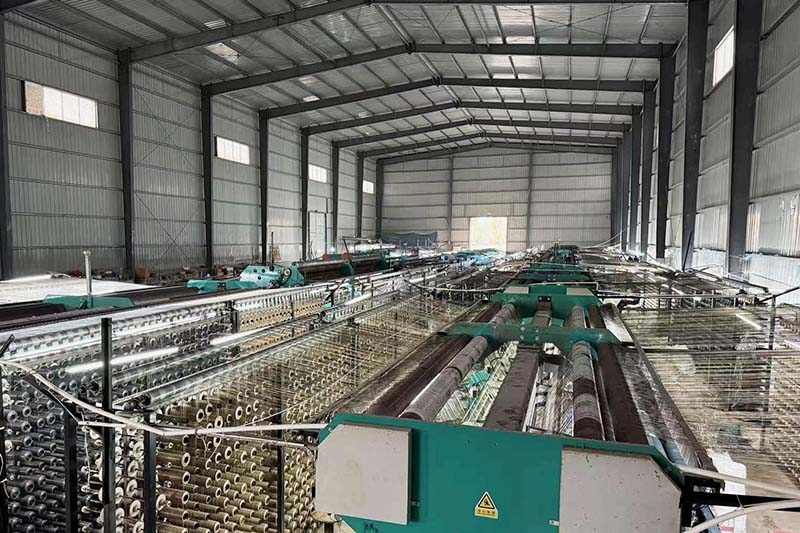Shade nets play a vital role in agriculture, horticulture, and construction by providing essential protection from excessive sunlight, heat, and environmental stress. While high-quality shade nets are designed to withstand harsh outdoor conditions, their lifespan greatly depends on how well they are maintained. Proper maintenance ensures sustained performance, reduces replacement costs, and maximizes your investment.
This article provides a detailed guide on how to maintain shade nets to ensure they last longer and continue delivering optimal protection.
How Long Do Shade Nets Last
The lifespan of shade nets varies based on material quality, environmental conditions, and usage. Typically, a well-made, UV-stabilized polyethylene (HDPE) shade net lasts between 3 to 10 years under normal conditions.
Factors influencing longevity include:
- UV resistance: Nets with strong UV stabilizers degrade slower.
- Weather exposure: Harsh sun, strong winds, hail, and snow reduce lifespan.
- Installation quality: Proper tension and secure fixing prevent premature damage.
- Maintenance routine: Regular cleaning, inspection, and repairs significantly extend service life.
Without care, nets may fail within 1-2 years. With good maintenance, you can push their life to the upper range.
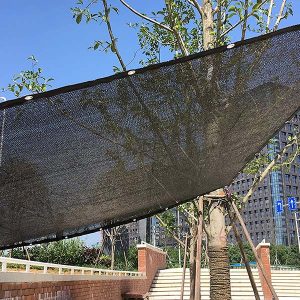
Why Proper Maintenance Is Crucial for Shade Nets
Even the most durable shade nets are vulnerable to natural wear and tear caused by ultraviolet (UV) radiation, wind, dust, and moisture. Without regular maintenance, nets can develop tears, lose their protective qualities, or sag, which compromises their function.
Neglecting maintenance leads to:
- Reduced shading efficiency due to dirt and debris accumulation
- Increased risk of tearing from wind and abrasion
- Shortened product lifespan, requiring more frequent replacements
For businesses that rely heavily on shade nets, such as farmers and greenhouse operators, regular upkeep is key to consistent crop protection and operational cost savings.
Essential Maintenance Tips to Extend Shade Net Lifespan
1. Clean Shade Nets Regularly
Accumulated dust, bird droppings, and plant residues can block sunlight filtration and weaken the net fibers over time. Regular cleaning helps maintain both the physical integrity and shading effectiveness of the nets.
Cleaning guidelines:
- Use a soft brush or cloth with mild soap and water to gently clean the net surface.
- Avoid using harsh chemicals or abrasive tools that could damage the fabric.
- Rinse thoroughly with low-pressure water to remove all soap residues.
- Allow the net to dry completely before reinstalling it to prevent mold growth.
Perform cleaning at least once every three to six months, or more often in dusty environments.
2. Install Shade Nets Correctly
Incorrect installation is a common cause of early net damage. Overstretching causes stress on fibers, while loose or uneven tension invites sagging and wind damage.
Installation best practices:
- Use appropriate clips, hooks, or tensioning ropes designed for shade nets.
- Maintain consistent tension across the entire net to distribute stress evenly.
- Avoid sharp edges or rough surfaces that could abrade the net.
- Anchor nets securely to stable supports to withstand strong winds.
Proper installation reduces the risk of tears and helps maintain the structural integrity of the net.
3. Remove Nets During Extreme Weather
Shade nets can withstand regular weather conditions but are vulnerable to severe storms, hail, or heavy snowfall. Prolonged exposure to harsh weather increases the likelihood of permanent damage.
Recommendations:
- Monitor weather forecasts and remove shade nets ahead of strong storms or winter seasons.
- Store removed nets properly to avoid unnecessary deterioration.
- Use retractable or roll-up shade systems if available, which simplify removal and reinstallation.
Taking proactive steps protects your nets and extends their usable life.
4. Store Shade Nets Properly When Not in Use
Incorrect storage can degrade nets just as quickly as environmental factors. Moisture, sunlight, and pests are common threats during off-seasons.
Storage tips:
- Always dry nets completely before packing to prevent mildew.
- Roll nets instead of folding to avoid permanent creases or weak points.
- Store nets in a clean, dry, and shaded area with good airflow.
- Protect from rodents and insects by using sealed containers or bags.
Proper storage preserves net strength and makes them ready for future use.
5. Conduct Routine Inspections and Repairs
Regular inspections catch small issues before they become major problems. Repairing minor damage promptly prevents it from worsening.
Inspection checklist:
- Check edges, seams, and areas around fixing points for tears or frays.
- Look for discoloration or brittleness indicating UV degradation.
- Inspect fasteners and tensioning devices for wear or corrosion.
- Patch small holes with compatible UV-resistant repair kits.
Scheduled inspections—ideally monthly—are key to maintaining net functionality.
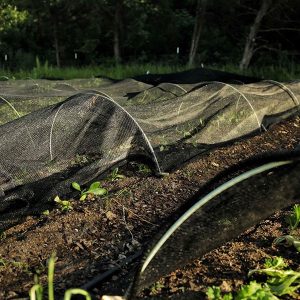
Recommended Maintenance Schedule
| Task | Frequency |
|---|---|
| Light surface cleaning | Monthly or as needed |
| Deep cleaning | Every 3 to 6 months |
| Visual inspections | Monthly |
| Repairs | As soon as damage is found |
| Storage preparation | End of season or before harsh weather |
The Impact of Maintenance on Cost Efficiency
While it’s tempting to focus solely on upfront cost, proper maintenance significantly lowers the total cost of ownership over time. Well-maintained nets can last two to three times longer than neglected ones.
For example, shade nets replaced every two years due to poor care incur higher cumulative costs than nets cared for and replaced every six years. Investing time and resources in maintenance ultimately results in lower replacement frequency and better return on investment.
Choosing Durable Shade Nets to Maximize Lifespan
Maintenance is important, but starting with quality products designed for longevity is equally critical.
Look for shade nets that:
- Use UV-stabilized HDPE or similar durable materials.
- Feature appropriate weight (GSM) based on local weather conditions.
- Offer knitted construction for enhanced tear resistance.
- Are supplied by reputable manufacturers offering technical support and maintenance advice.
Combining quality nets with good maintenance practices ensures you get the best long-term value.
Conclusion
Maintaining your shade nets is essential to preserve their performance and extend their service life. Simple but consistent care—cleaning, proper installation, weather protection, correct storage, and timely repairs—can significantly reduce wear and replacement costs.
Whether for agricultural, horticultural, or industrial applications, applying these maintenance tips helps you maximize the return on your shade net investment while ensuring optimal protection throughout their lifespan.
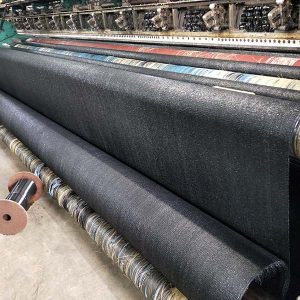
Parner With Agrishde With High Quality Shade Nets
Choosing the right shade net supplier is as important as proper maintenance when it comes to maximizing the lifespan and performance of shade nets. Agrishade offers premium-grade shade nets manufactured with UV-stabilized HDPE materials that meet strict quality standards. Our products are designed to withstand harsh environmental conditions while providing reliable protection for agricultural, horticultural, and construction applications.
We also provide expert advice on installation, maintenance, and optimal usage to help you get the most out of your investment. Whether you need customized sizes, colors, or specific tensile strengths, Agrishade’s tailored solutions ensure your exact requirements are met. We’ll help you achieve long-term success with shade nets that perform year after year.
